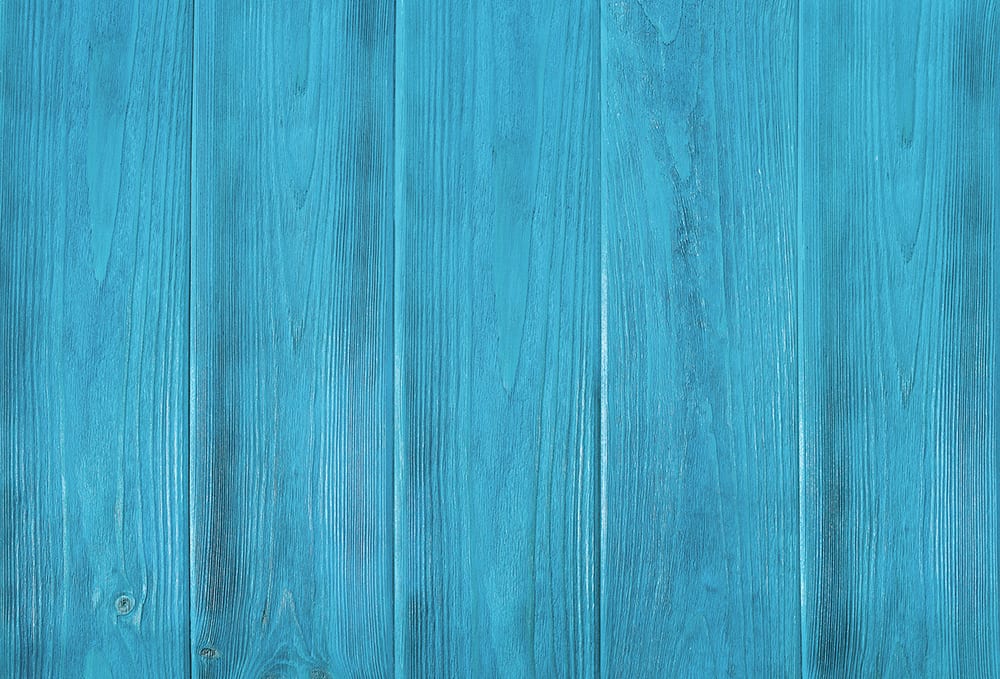My interest in weathering has mainly been in finding out what kinds of defects and problems occur after coatings have been out in the field, what causes these failures, and how they might be prevented. By the term field defects, I mean anything that hurts appearance or reduces the effective life of the coating. The list is long and includes loss of gloss, film erosion, chalking, blushing, blistering, corrosion, dirt pick-up, water spotting, acid etch, cracking, pinholing, fading, or other color problems, delamination and poor resistance to chipping and other impacts, scratching, abrasion, and biological attack.
The coating system almost always is blamed for field defects, but there are other possibilities: design of the painted object, poor substrate quality or surface preparation, and the process, including application and cure. Was the painting done in the sun? Or in the rain? Were the freshly painted rail cars pushed out into fog? Were all the required coats applied? Was there an underbake? Overbake? Do the field defects occur where application defects were sanded and repainted? Regarding design, much of the great improvement in corrosion resistance of auto bodies is due to improved coatings, but if the auto companies had not finally changed their designs to prevent the trapping of salt water and mud-salt poultices in rocker panels and other interior spaces, corrosion would not have been reduced nearly as much.
However, what if evidence indicates the coating is not sufficiently resistant to outdoor exposure in places where it is to be used or is being used? Many chemical changes can occur on weathering, often in concert with each other. Most of them are bad for the appearance and effective lifetime of a coating. Examples include photo-oxidation, shrinkage, hydrolysis, bond breaking and loss of crosslinks, additional crosslinking, and loss of UV absorbers and stabilizers. Chemical changes can lead in turn to changes in physical and mechanical properties: lower strength, lower toughness (decreased elongation as well as lower tensile strength), softening (especially due to contact with water), higher water absorption and transport, increased internal stress due to shrinkage and/or higher crosslink density, increased or decreased glass transition or softening point, and increased brittleness (the energy to cause fracture decreases) leading to cracking.
Some field defects are due less to changes in the coating on weathering than to additives or replacement components that change properties. For example, low evaporation rate solvents help film formation, flow-out, and leveling, but they may remain in a coating on drying or even baking, producing a soft film. This increases the likelihood of defects such as poor scratch and abrasion resistance, blistering, water spotting, and dirt pick-up. It is doubly bad if the slow solvent is highly hydrophilic and attracts moisture in solventborne coatings and does not allow it to be released in waterbornes. The result may be popping/pinholing on baking and blushing on air dry as well as softening of the film. Surfactants can cause similar problems as can the retention of amines in waterborne coatings.
When defects begin to show up on panels at the exposure site or during accelerated weathering, or even worse on houses, oil tanks, or cars with your paint on them, there will be pressure to quickly figure out how to fix the problem so that future batches or formulations do not suffer the same defect or group of defects. However, it is important to establish what the defect is before jumping to conclusions as to what to do about it. Effective field defect identification requires a part, piece, or chip so that you can see the problem, then a light microscope to get a better look. Depending on what you see, you may need to measure or test physical properties such as adhesion, hardness, impact strength, water sensitivity, solvent resistance (especially with solvent rubs), softening point, or glass transition. Be sure to run controls and compare results to those of the problem coatings.
Recreation of field defects is difficult because it rarely is possible to recreate the application and cure history of the coating or the field conditions that produced the defect. Experiments such as water soak, exposure to 100% humidity, cyclic corrosion testing, accelerated weathering, temperature, and/or humidity cycling, and measuring the effect of high and low bake temperatures can be run on lab panels to force the occurrence of the problem or defect.
Strategies for prevention of coatings-related field defects include development of tough coatings (high tensile strength, but also flexible) that have wide cure windows (i.e., excellent properties over a wide range of cure temperatures and times). Solvent blends must be optimized to avoid high levels of low evaporation rate solvent, especially those that are highly hydrophilic. Use surfactants sparingly. Coatings must apply well even under conditions that are less than optimum with a minimum of application defects so that repairs and repainting are not necessary. This reduces the likelihood of defects on outdoor exposure.
Good luck in solving field defect problems!
